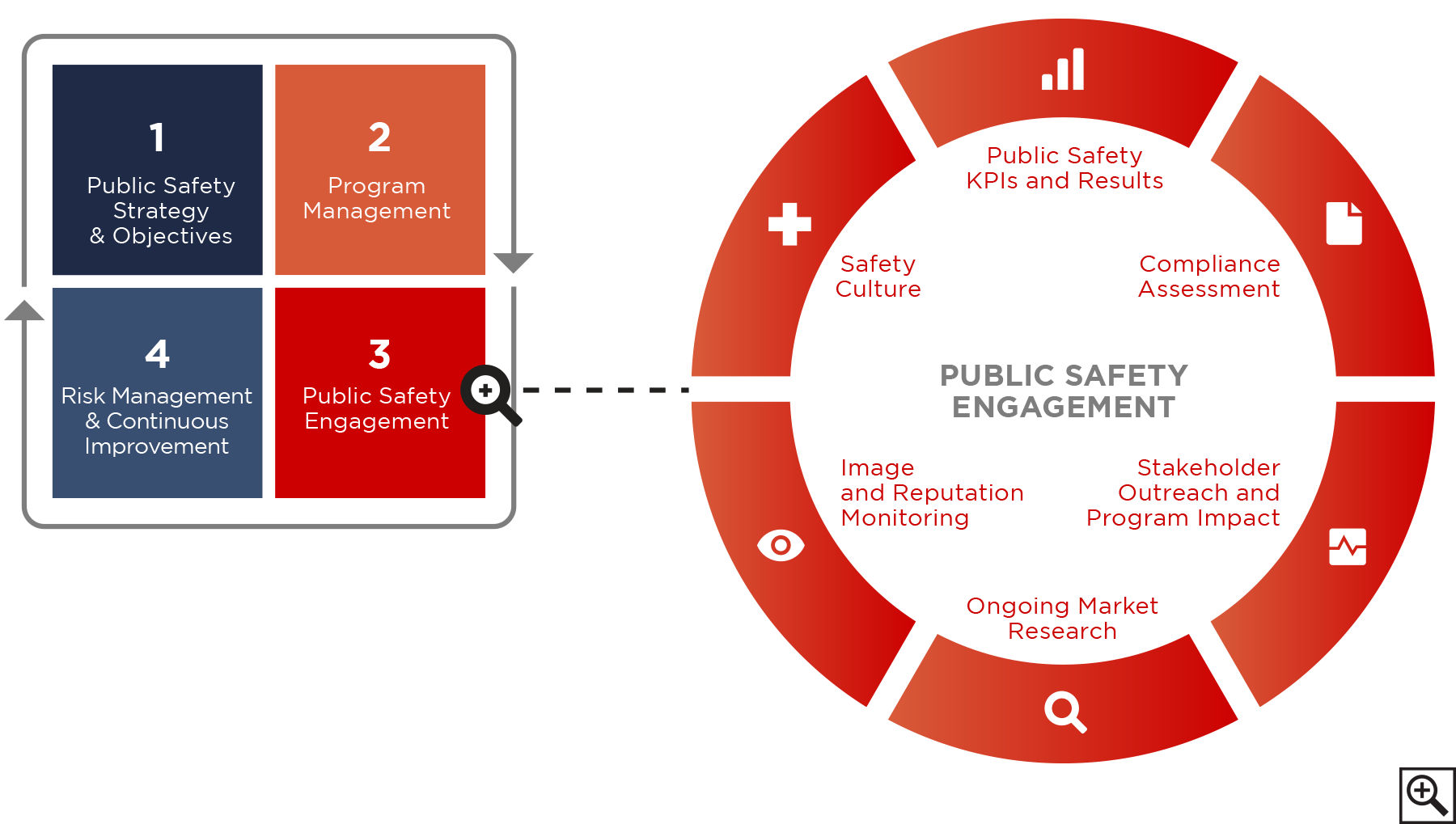For leading utilities, there’s more to public safety outreach than simply demonstrating compliance with regulatory standards. Well-crafted primary market research can ensure that your outreach targets are not only receiving your messages through designated channels, but also understand what’s being communicated.
Using a multi-layered methodology that includes regular end user feedback, focus groups, in-depth interviews, and online panels, we’re able to collect accurate, timely follow-up information: which messages the audience recalls, clarity of the key points, plus a quantitative analysis of your utility’s reputation and image.

Stakeholder Feedback
What do your stakeholders expect? What type of communication is most wanted and needed? If you don’t know, your outreach program will, at best, be a hit or miss proposition.
Stakeholder listening and engagement are cornerstones of Culver’s public safety strategy, and the cornerstone of every program—whether designing RP 1162 effectiveness research, creating a comprehensive stakeholder insight system, or conducting ongoing tracking or custom “pulse” studies.
Primary Research
Stakeholder diversity, geographical differences, and the inherent uniqueness of pipeline operators and utilities can make it difficult to really understand what drives safety attitudes, behaviors, and actions among your unique audiences.
In order to unravel the problem, we draw on multiple primary quantitative and qualitative research methodologies. We’ll tailor an approach for your utility that delivers robust, actionable insights into your stakeholders’ behavior and can serve as a basis for confident decision making.
Quantitative RP 1162 Research
For decades, we’ve collected and leveraged quantitative stakeholder feedback through our company’s signature effectiveness studies. This research system includes standardized questions designed to meet natural gas clients’ RP 1162 research requirements. Each survey instrument also captures custom insights designed to meet the utility’s unique business needs and priorities, for example, geographic targeting, demographic deep dives, and brand impact analysis.
We tailor the data collection approach to support project objectives and provide a favorable stakeholder experience. For example, we might include professional telephone interviewing, online surveys, as well as traditional mail and business response card surveys. Study instruments typically include:
- Proprietary questions designed to evaluate and identify potential behavioral risk related to electrical infrastructure so that utilities can develop a mitigation plan
- Questions that track the link between incremental public safety outreach and improved brand perception
Culver’s longitudinal proprietary quantitative studies also provide valuable trend data, particularly useful in program assessments and predictive analytics. In addition, our robust database of end-user feedback lets you quantify and compare your results against other U.S. utilities and benefit from best practices data.
Qualitative Research
You might be exploring a new idea, taking a deeper dive into a gap, or trying to get a better handle on an opportunity area uncovered in quantitative research. In that case, qualitative research methodologies can bring the voice of the stakeholder to life.
Using both unstructured and semi-structured techniques, such as focus groups, in-depth interviews, and observation techniques, we’ll further explore stakeholders’ opinions and safety actions to uncover their underlying reasons, motivations, and thought processes.
